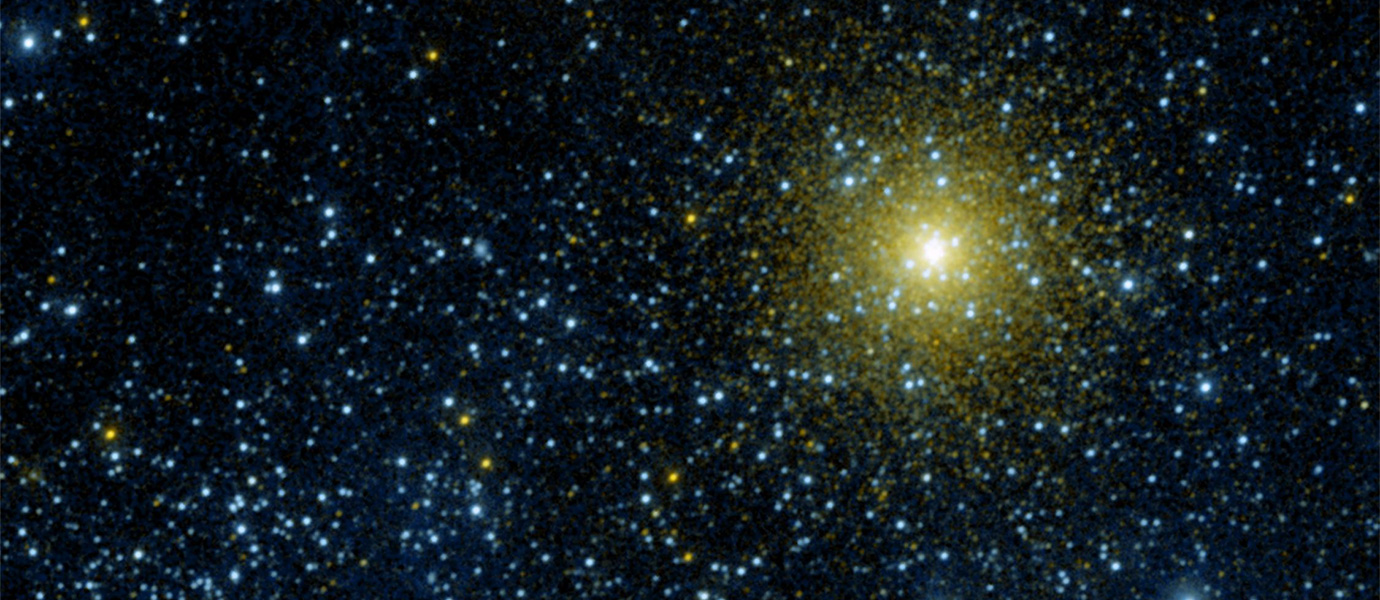ABOUT
David M. Brown Planetarium
The David M. Brown Planetarium has dedicated nearly fifty years of service to Arlington students and the greater community. The Friends of Arlington’s Planetarium provide programming including full dome programs and fascinating lectures from the field of Astronomy and other scientific fields designed to broaden our appeal to the planetarium-going public.
contact info
Hrs: Vary.
HELPFUL LESSON PLAN(S)
Prepared by FieldTripDirectory.com
Planetarium Lesson Plan
FUN FACTS
Earth has more exposed water than land. Three quarters of the Earth is covered by water! The earth has one moon.
Venus is the brightest planet in our sky and can sometimes be seen with the naked eye if you know where to look. It is the solar system’s brightest planet — yellow clouds of sulfuric acid reflect the sun’s light.
Jupiter is so big that you could fit all the other planets in the solar system inside it.
Pluto is no longer considered a planet — instead, astronomers call it a dwarf planet or planetoid.
View Lesson Plan>>ABOUT
David M. Brown Planetarium
The David M. Brown Planetarium has dedicated nearly fifty years of service to Arlington students and the greater community. The Friends of Arlington’s Planetarium provide programming including full dome programs and fascinating lectures from the field of Astronomy and other scientific fields designed to broaden our appeal to the planetarium-going public.
contact info
Hrs: Vary.
HELPFUL LESSON PLAN(S)
Prepared by FieldTripDirectory.com
Planetarium Lesson Plan
FUN FACTS
Earth has more exposed water than land. Three quarters of the Earth is covered by water! The earth has one moon.
Venus is the brightest planet in our sky and can sometimes be seen with the naked eye if you know where to look. It is the solar system’s brightest planet — yellow clouds of sulfuric acid reflect the sun’s light.
Jupiter is so big that you could fit all the other planets in the solar system inside it.
Pluto is no longer considered a planet — instead, astronomers call it a dwarf planet or planetoid.
View Lesson Plan>>
